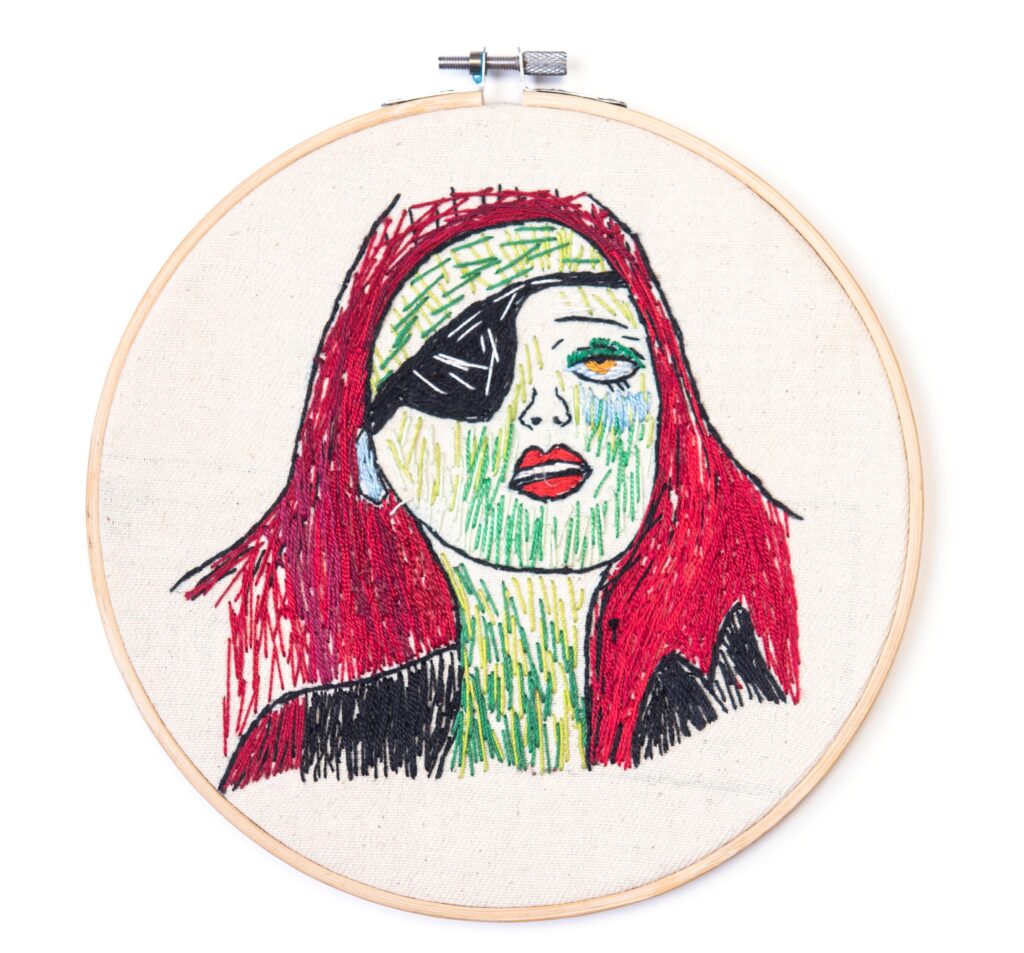This interdisciplinary research project explores artistic practices as a narrative in the context of conflict and displacement.
By building upon insights from the fields of design- and legal anthropology, the project looks at the unique role of embroidery practices as a means of storytelling in the domain of justice.

Disruptive life courses may urge towards expression, while at the same time defy expression in verbal language. Especially in the context of conflict and displacement, where talking freely or telling a coherent story about profound experiences is often extremely challenging and painful.
In Shatila, a refugee camp in the South of Beirut, the language of embroidery has been present since its establishment in 1949 to host Palestinian refugees. It is a daily and gendered practice rooted in the rich textile tradition in the region.
The outbreak of the civil war in neighboring Syria and the influx of new refugees has generated a revival of embroidery practices in the camp. This cultural heritage has several, often new, functions such as bringing to bear visual stories about lived experiences and imagining a better future. These expressions often foreground ideas about human rights.
Within this context, the research explores what happens to the meaning of human rights when they are expressed in non-linear ways that are deeply rooted in lived – material and cultural – reality, and how does that narrative practice transform ideas about rights.